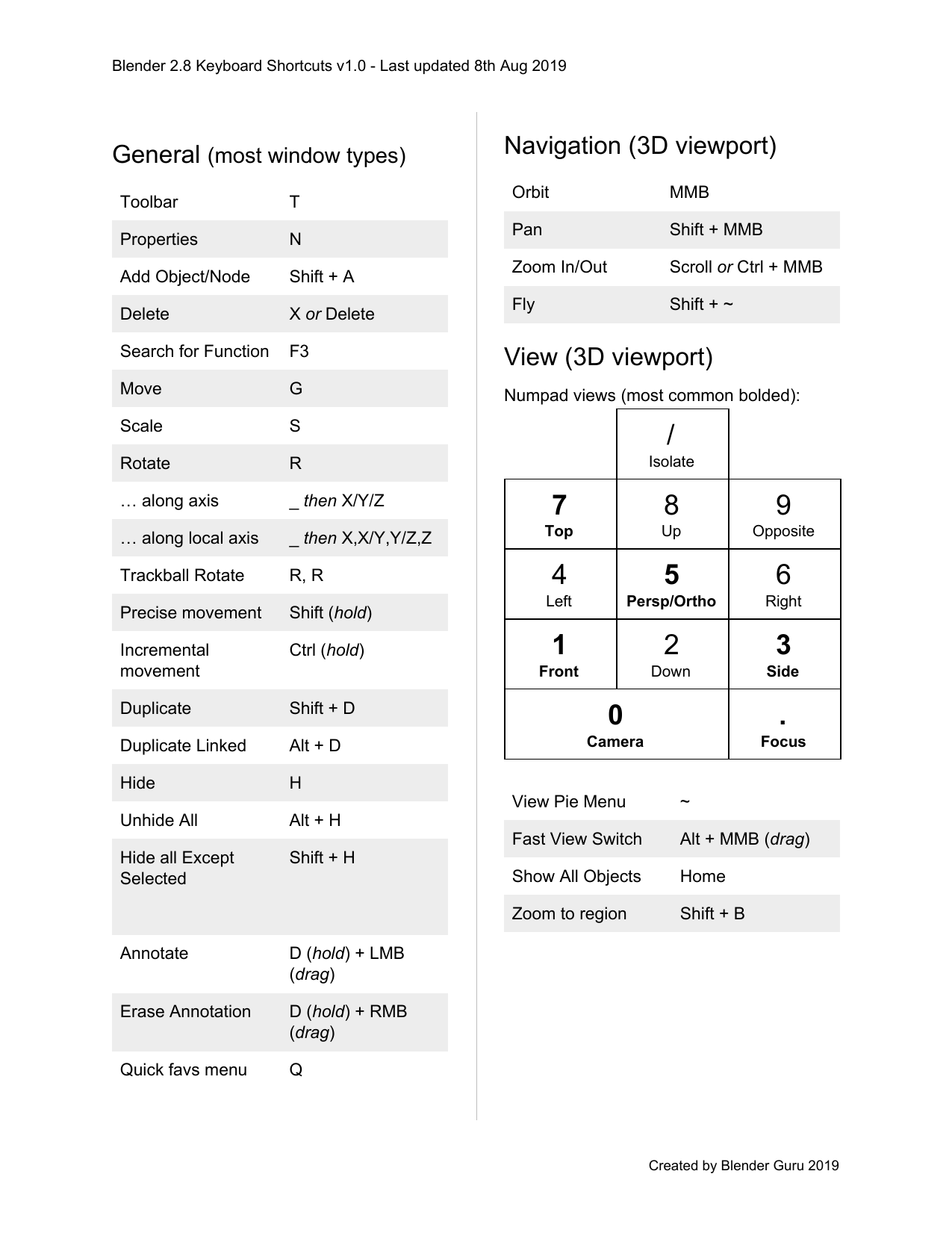


If we take the above card example, then we would add the following new utilities for dark mode: Tailwind includes a dark variant that lets you style your website differently only when the dark mode is enabled.
#Screen cheatsheet full#
On small screens, the image's dimensions (width and height) are automatically set by default, but on medium and above screens, we constrained the width to a fixed size and ensured that the image is all full height using the md:h-full and md: w-48 utilities. Donec accumsan eros elementum massa dignissim.īy default, all the elements have the display: block property, but we add the md:flex utility to the outer div, which enables our card item to be a flexbox on medium screens and larger.įor the image, we add md:shrink-0 so that our image doesn't shrink on medium and larger screens when the parent is a flex container. Lorem ipsum dolor sit amet, consectetur adipiscing elit. This means that the default unprefixed utilities like uppercase take effect on all screen sizes while prefixed utilities like md:uppercase only take effect at that specified breakpoint and above.įor example, if we want to make a card element responsive, we can write something like this: One rule of thumb we need to remember while making our website responsive with Tailwind is that it uses a mobile-first breakpoint system. To make any HTML element responsive, we need to prefix the utility class with the breakpoint name, as shown above, followed by the : character. Then typically, using vanilla CSS, you will write the following code: div Let's take a look at a straightforward styling of a box element.
#Screen cheatsheet code#
Also, you don't need to write traditional CSS code anywhere all you need to know is what these utility classes do and how they work. Here 'utility-first' means that it works on low-level utilities, which are essential to style any HTML element we want. Tailwind is a utility-first CSS framework that lets you add styles to your web pages without writing a single line of custom CSS code.

Learning and using it in small demo pages for enterprise-level projects is highly recommended and this Tailwind CSS cheat sheet is here to help you with that. "Tailwind CSS" is becoming synonymous with the frontend tech stack.


 0 kommentar(er)
0 kommentar(er)
